As an Amazon Associate I earn from qualifying purchases.
I have been making elderberry syrup at home for decades, mostly as a base for drinks or sauces, but it is also good for you. What follows is my elderberry syrup recipe, tested over nearly 20 years.
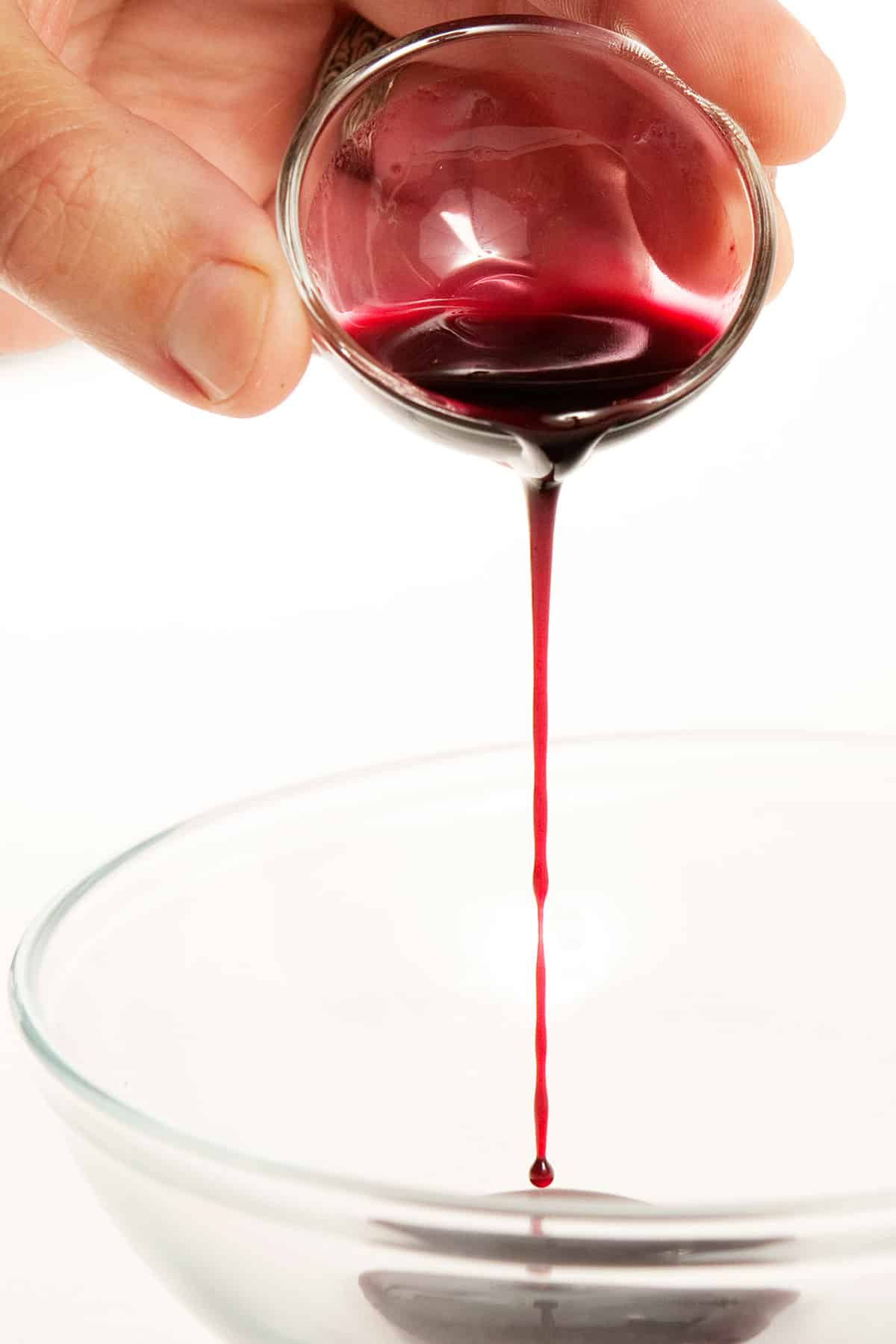
My elderberry syrup recipe developed out of a system I’ve used all my adult life for preserving berries: Juice them, add an equal proportion of sugar to make a syrup, and use that shelf stable syrup all year for sauces, glazes, to make sorbet or ice cream, or just to add to soda water for a nice drink.
That said, most people make elderberry syrup for medical reasons. Many studies suggest that it can help your immune system, and elderberry has been used as medicine by more or less every culture that has the plant growing in its environment, from Native Americans to Europeans to northern Asia.
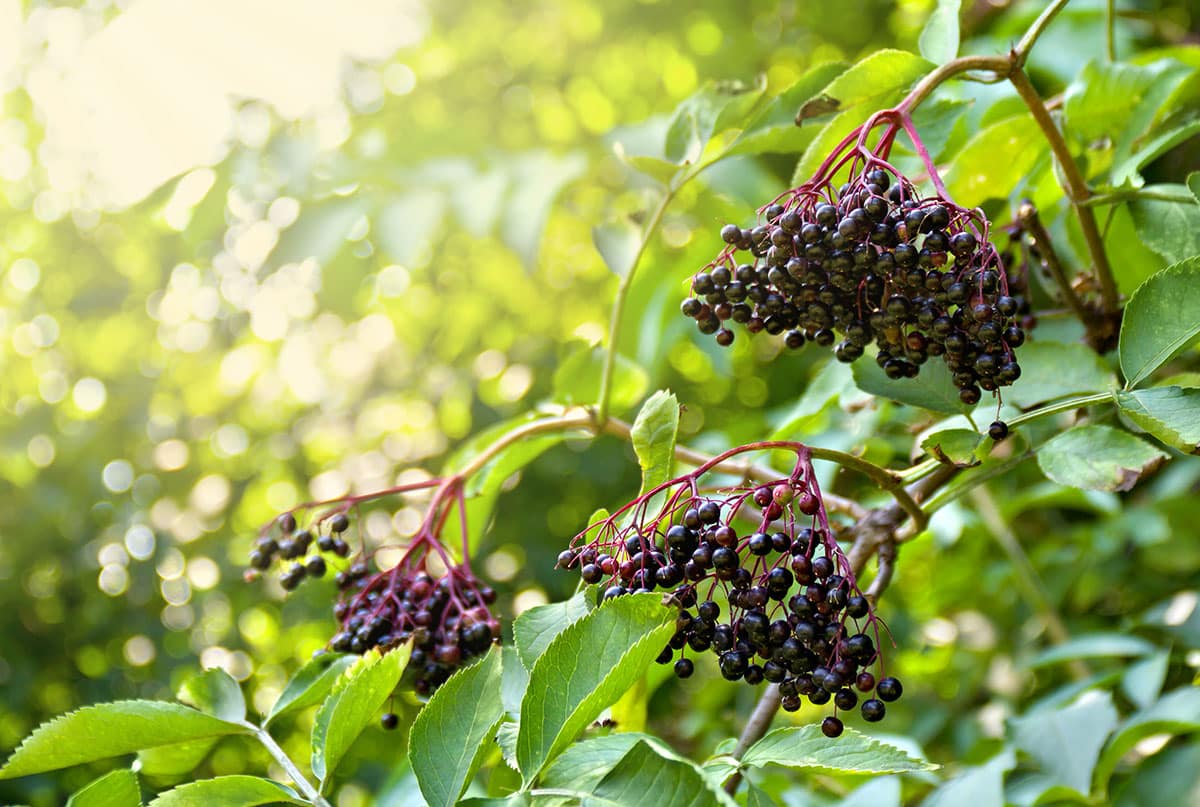
Finding Elderberries
Keep in mind that my elderberry syrup recipe uses blue elderberries, which are Sambucus nigra subspecies caerulea. That’s what I have near me. Black elderberry is more widespread, and is the main species used to make elderberry syrup. I know of no one who uses red elderberry for making syrup.
You can find wild elderberry plants all over the West, starting in pockets in New Mexico and growing increasingly common as you head to the Pacific, as well as all over the eastern part of the United States and Canada, to about the Great Plains. It’s all over Europe, too.
Where I live in Northern California, they start coming ripe at the end of May, and depending on what state or province you live in you can find them somewhere all the way into November. A tip on picking ripe elderberries: The stems turn red. Ripe berries with green stems still have a little ways to go.
Sometimes you can find ripe elderberries at farmer’s markets, although it’s rare.
Recipes that Use Elderberry Syrup
Most people use elderberry syrup as a sort of medicine, “taking” a spoonful a day or twice a day or somesuch. That’s fine, but I don’t make elderberry syrup for that. I use it liberally.
It’s so versatile. Uses for elderberry syrup include:
- Homemade soda base. Add a glug of syrup to a glass with ice, then top with club soda or seltzer water. Super good!
- A mixer for cocktails. I’ve seen elderberry syrup added to gin, dropped into a martini, used in a whiskey sour, etc. My favorite? A splash in silver tequila, with a bit of lime.
- A base for elderberry ice cream, which is amazing.
- Use it as a drizzle over other ice creams, or as a glaze for poultry.
- Elderberry syrup is also great in a classic Cumberland sauce.
- As a flavoring for panna cotta or creme caramel.
- Pour it over pancakes!
The possibilities are pretty endless. And since elderberries grow in most of the 50 states, as well as in Canada and most of Europe, there’s no reason you can’t go outside and get some yourself.
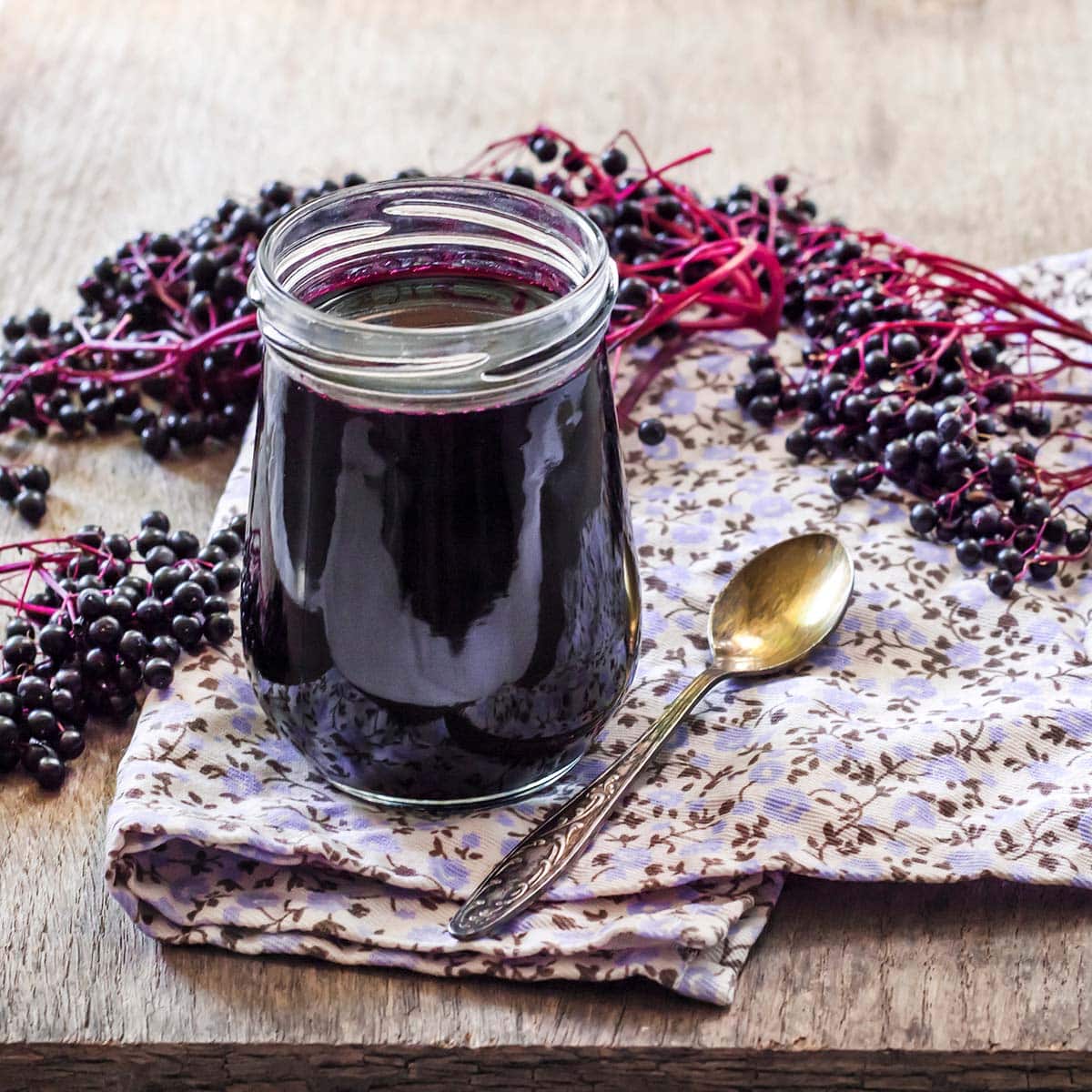
My Elderberry Syrup Recipe
Making your syrup seems pretty intuitive. I mean, all you need are elderberries and sugar, right? Well, yes. But my method for making the syrup is different from most others.
Other recipes ask that you cook your elderberries, mash them with a potato masher and let them drain through a jelly bag. There is a problem with this. You will never break all the berries with this method, and, given that it is a time-consuming and persnickety business to take all those elderberries off their stems — the stems are mildly toxic, by the way — you really want as much juice as you can get.
A better way is to use an immersion blender and a food mill to make short work of our little blue friends.
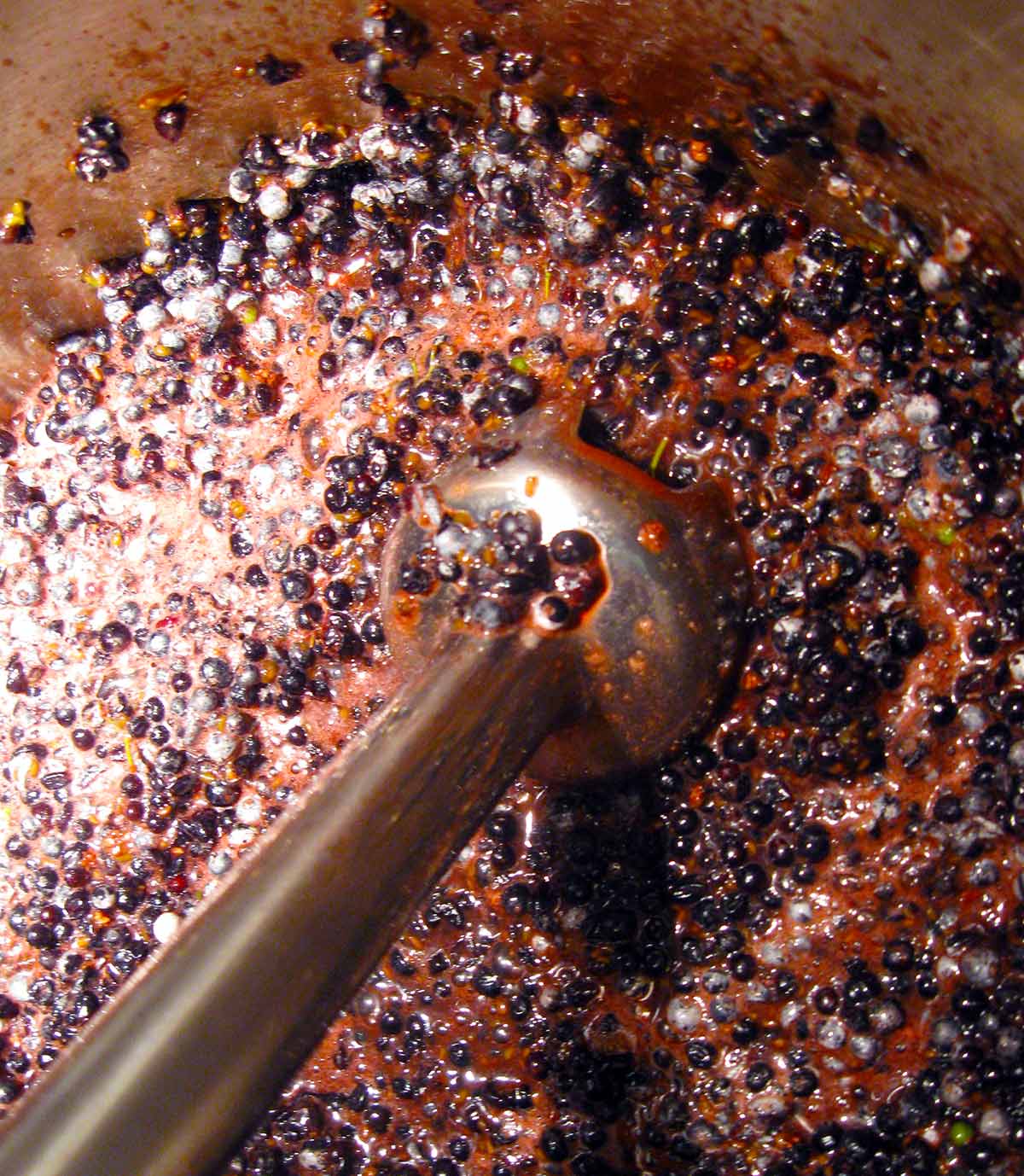
Works so well you can get twice as much yield from your elderberries. Twice, you say? Yes, twice. Another elderberry syrup recipe may require you to add water to your boiling berries. I suppose that works fine, but with my method you don’t have to water down your berries to make a sufficient amount of syrup — unless you are in a serious drought.
Do it this way and you will get 3+ pints of elderberry syrup from 3 pounds of elderberries, as opposed to 2 pints from 2 pounds of elderberries with another 2 to 4 cups of water thrown in. Believe me, this is a huge flavor difference.
When they are on their stems, it is roughly equivalent to half a paper grocery bag. On a good year, harvesting that can take you all of 10 minutes to harvest. Destemming, however, will take an hour — if you are good at it.
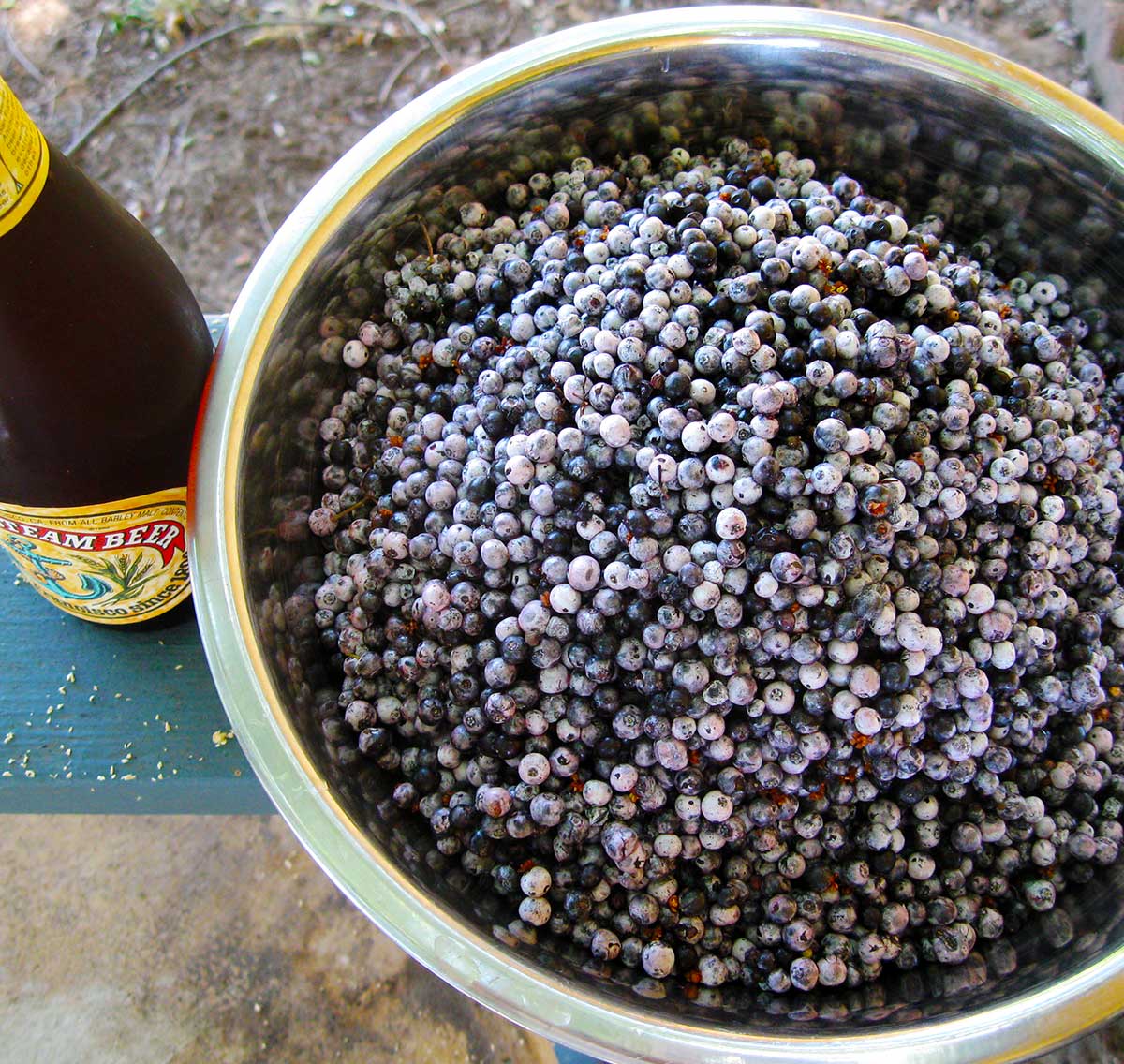
After you have an elderberry mash, you will want to do one of two things: Strain it through a big jelly bag, or heat it up and then run it through the fine plate on a food mill, which removes the seeds.
I do the food mill method, then move the thick liquid to a fine mesh strainer to remove most of the pulp. I do this because I can make elderberry syrup in an hour that way, rather than the overnight drip, drip, drip with the jelly bag method.
Once you have elderberry juice, measure it, and an equal volume of sugar, bring this to a boil and you now have elderberry syrup. Can you use less sugar? Absolutely, but the syrup won’t be shelf stable; it will ferment, and then you will have elderberry wine. But not good elderberry wine.
Can you use honey or some other sweetener? Sure, but the proportion of sugar to juice will be off, and I can’t guarantee your results.
Storing Elderberry Syrup
As I mentioned, this elderberry syrup recipe is shelf stable. Still, I keep it in the fridge, where it has literally lasted three years or more. I’m not joking.
No need to can this because of all the sugar. I know people who keep their syrup in the pantry and theirs has molded after a year or so, so the higher temperature will, eventually, cause you issues.
Elderberry Syrup
Ingredients
- 3 pounds elderberries destemmed
- 4 cups sugar
Instructions
- You will need to remove the berries from the stems; elderberry stems are toxic. (I go through some tricks on destemming elderberries here.) It should take you about 45 minutes to an hour to destem 3 pounds of elderberries, which equates to about a half a normal paper grocery bag.
- At this point you can empty your berries into a large bowl of ice water. Weird debris will float, like dead flower husks, bugs, etc. Pour this off.
- Pour the elderberries into a large pot and either mash them thoroughly with a potato masher, or, better yet, with an immersion blender. Only break up the berries for a few seconds using the immersion blender, and use it on low setting. You don't want to grind up the seeds, which are bitter.
- Bring the elderberries to a boil, stirring often. Now, if you are using a food mill, set it up with its finest plate and pour the elderberries into it. Run the food mill until the mash is pretty dry, then squeeze out any remaining elderberry juice. You should have a little more than 1 quart. Pour the juice through your finest mesh sieve to catch any stray seeds or pulp.
- If you are using the jelly bag method, mash the berries again after they've boiled, then pour them into a jelly bag suspended over a large bowl. Let this drain up to overnight. You should have a little less than 1 quart. You don't need to strain the juice the way you do with the food mill method.
- Return the juice to the (cleaned) pot and add an equal volume of sugar, normally about 4 cups. Bring to a boil until it froths, skim the froth, then turn off the heat and pour into clean jars. Always use a new canning lid when you are making this syrup, unless you plan on eating it in the next few weeks. Seal the jars and let stand until the lids pop. They will keep for a year on the shelf or in the fridge.
Notes
Nutrition
Nutrition information is automatically calculated, so should only be used as an approximation.
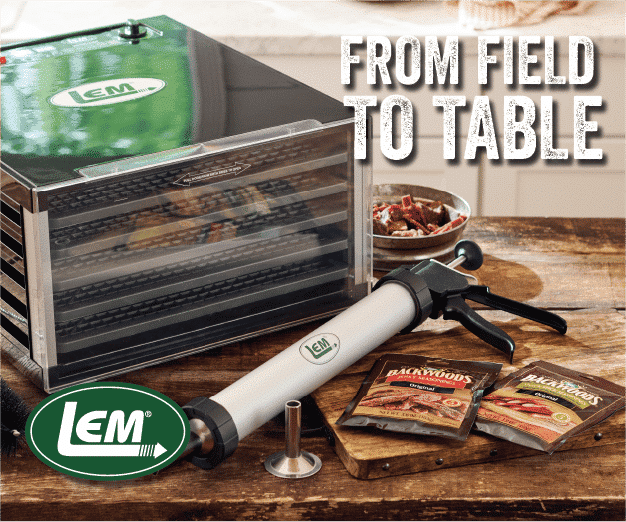
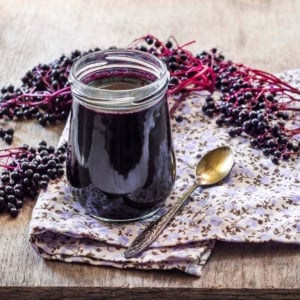
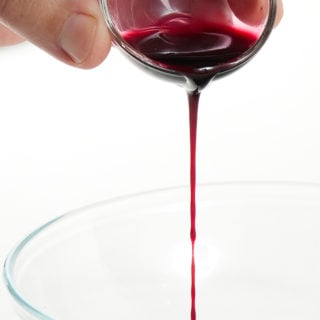
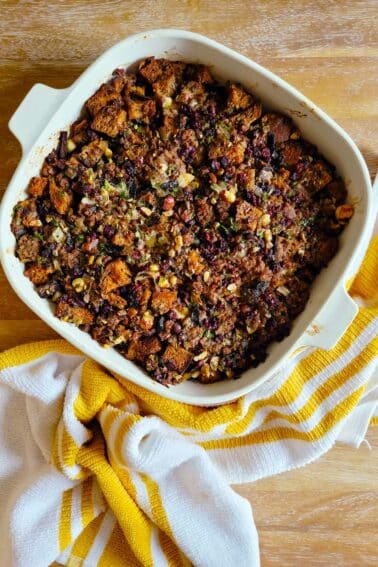
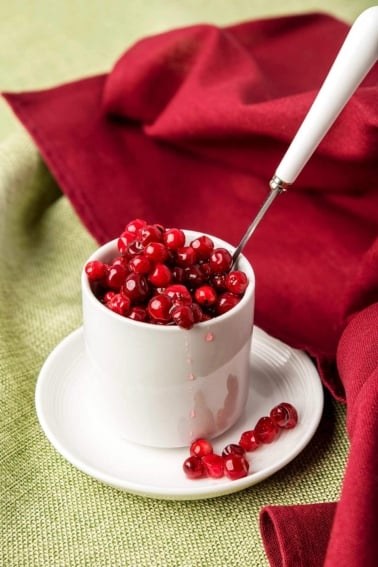
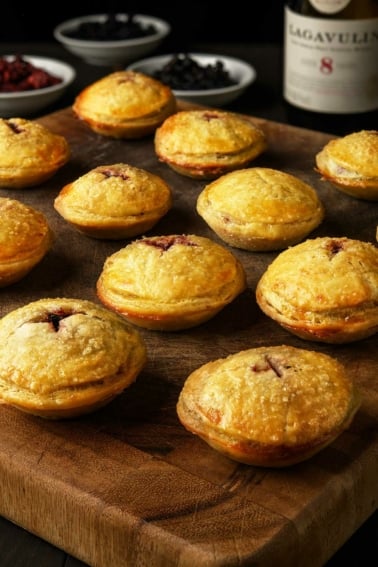

This compromise worked well: I started with about 6 cups of berries, was forced to use the old potato masher, boiled and strained to get 2 cups of juice. Added two cups of sugar, boiled, produced 2 cups of delicious syrup.
My berries are already off their stems (frozen each day of back yard picking). Hard to judge from the photo – can you estimate how many CUPS of berries go with the 4 cups of sugar?
Sorry, I don’t know. I go by weight. If you have a kitchen scale, just weigh your berries frozen.
I make elderberry syrup with 1/4 part honey and echinachea as an immune booster for the winter. Simply store in the fridge in a bell *canning)jar and take one delicious tablespoon per day.
Thanks for your help. Not quite sure where I’d pick my own, but I may scrap these berries and go with store bought Sambucol.
Debbie: No idea. Elderberries grow all over the country, so my advice is to wait until next year and pick your own. Sorry.
Where are some places to order in America? I thought I was saving myself some money by making my own, but it’s become a headache. Thank you.
Well, those are dried berries from Bulgaria. The European elderberry is different from the ones we have here in America. That’s my best guess as to why your syrup smells odd.
I haven’t come across ordering fresh berries and since I never smelled a fresh/dried one before, I have nothing to go on. All I can say is that this does not taste like Sambucol from the store.
I ordered them from Starwest Botanicals online. These to be exact. https://www.starwest-botanicals.com/product/1-elder-berries-whole.html
Debbie: Where on earth are you getting elderberries now? I don’t do this syrup with dried berries, so maybe that’s it? And there are different varieties of elderberry, too.
I made my first homemade syrup today and since I have nothing to compare the smell and taste to, what should I expect? When I first simmered the berries in the water on the stove, my daughter asked, “what smells like cheese?”! Should I be worried? I have only tried the store version called Sambucol, and that does not taste like this one. If you could help with any info that would be great. Thank you.
Over ripe berries will have a smell. If you leave them in a plastic grocery bag for tool long, they will break down and begin to smell. Basically rotten berries stink. One thing I have to watch out for here in NE FL is stink bugs. They love to hang around elderberry plants because they eat other harmful bugs. Too often end up in the bag. Keeping your berries in the freezer or fridge before destemming will keep the bugs from crawling out for a visit.
elderberry syrup is also an excellent medicine – high in vit c and boosts the immune system. you can buy it (ha!) for about £10 per 250ml “Sambucol” or make it yourself..for about 20p per bottle. FUnnily enough, I’ve done the later….
Kenna: Aha! You must live in the East or Europe. The elderberries there do have an odor to them, that not everyone loves. Out here in the West, our elderberries smell like ripe grapes. Bottom line, they’re OK. No need to toss them.
My elderberry efforts were messy. Hands still stained. Should have read your instructions first about freezing. My problem is that the elderberry juice has an odor. Didn’t remember any odor. They were kept chilled, but “stink”. OK, or do I need to throw out?
About de-stemming elderberries – I put the fully loaded stalks of berries on cookie trays and place them in the freezer for a few hours. When the berries are solid, a stalk can be gently stripped in a few seconds, leaving behind all the tiny stems. The frozen berries never get squished between my fingers, and the work goes extremely quickly. I take a maximum of 8 berry stalks out of the freezer at once, as they soften very quickly. Believe me – it is absolutely worth a few trips to the freezer to be able to work with the frozen berries. After they thaw, they are too soft to pull off the stems.
I have a steam juicer and it works amazing. I have been doing this forever. My parents would do this with a steam juicer as I was growing up so I learned from them. It extracts 100% of the juice and you don’t have to take the berries off the stem. You put everything into the top part and the steam dose the rest. Before you know it you will have juice flowing out of the tube and into your pot. I have found this to be the best method for whatever I am juicing for jellies and syrups.
I got an old “juicy fruit no. 1 press” this year off from craigslist for making cider. I have so many elderberries around that I thought of pressing them so I threw a bunch in my 3-gallon press and got about a quart-jar’s worth of juice.
In your recipe for the syrup you started by cooking them then straining them. Do you think I can use this “juice” for making the syrup? Do you think if I just bring it to a boil and cook it down for awhile that I can pick up your recipe at point 5. or 6.? Any recommendations or thoughts would be appreciated.
Thanks for the recipe! I tried to make elderberry syrup without enough water and ended up having to blend it into a pulp and freeze it. It’s still yummy, but I will to this next time :).
Bob: I have eaten raw elderberries, seeds and all, for many years with no ill effects. While it is true that some people get an upset stomach from eating raw ripe berries, it is equally possible that your problem was from some other food.